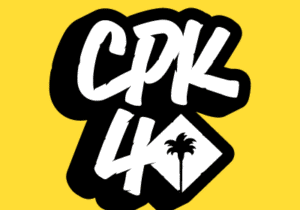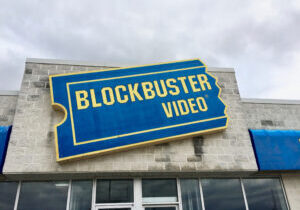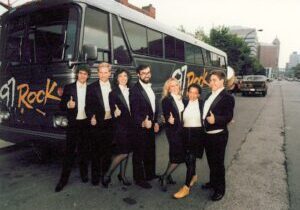
What does it mean to be #1 in radio ratings? Not much, these days, sorry to say.
We’re a business of demographics – always have been. It’s always been about being dominant in your target demo – 25-54 women, 18-49 adults – always a key portion of the overall audience. That’s what we strive for, and it’s how it’s always broken down when we send the numbers around to staff and corporate.
When I first got into radio way back in the 1970s (I know, it sounds like the Civil War Era), being #1 12+ actually mattered. In Detroit radio where I was fortunate enough to work early on, WJR the 50,000 watt clear channel station “in the golden tower of the Fisher Building” was #1 – without fail, book after book after book.
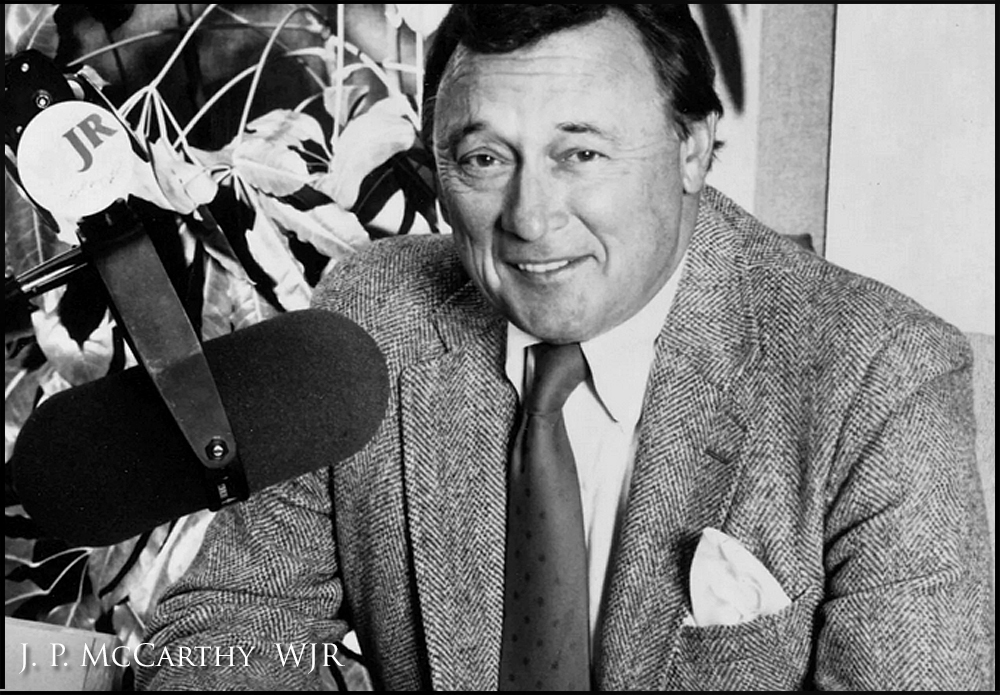 They always had the dominant 20-something share 12+ while the rest of the market wallowed in the single digits. So, demographics truly mattered. If my station, WRIF, could seal a win among 18-49 men, it was a true win. But none of us could even touch WJR. Their dominance, from the dulcet tones of J.P. McCarthy (pictured) dominating in morning drive to the Tigers play-by-play broadcasts at night sealed the deal. WJR pretty much had all the sports franchises locked down, and had strong personalities daypart by daypart. They were the undisputed radio station of record in Detroit.
They always had the dominant 20-something share 12+ while the rest of the market wallowed in the single digits. So, demographics truly mattered. If my station, WRIF, could seal a win among 18-49 men, it was a true win. But none of us could even touch WJR. Their dominance, from the dulcet tones of J.P. McCarthy (pictured) dominating in morning drive to the Tigers play-by-play broadcasts at night sealed the deal. WJR pretty much had all the sports franchises locked down, and had strong personalities daypart by daypart. They were the undisputed radio station of record in Detroit.
So, most of us lost sight of what it meant to be #1 of the entire market 12+, or since PPM 6+. To this day, it just doesn’t mean that much. And when the trades dutifully print those 6+ ratings every month, we look at them, of course. They’re telling, but we always discount them: “Remember, you’re looking at 6+” we remind ourselves.
I remember my first #1 – not as a PD but as a consultant for WYSP, at the time one of my early Classic Rock clients. You may remember they were the first Howard Stern affiliate, put together by Andy Bloom and Ken Stevens, then with Infinity Broadcasting. It wasn’t until a few years later, into the 1990s, when YSP broke through under Tim Sabean to achieve #1 12+ in Philadelphia (pre-PPM, of course).
Rock clients. You may remember they were the first Howard Stern affiliate, put together by Andy Bloom and Ken Stevens, then with Infinity Broadcasting. It wasn’t until a few years later, into the 1990s, when YSP broke through under Tim Sabean to achieve #1 12+ in Philadelphia (pre-PPM, of course).
It was a celebration of a long climb to the top, no shortage of naysayers, cynics, and non-believers, many of whom were insistent Stern couldn’t win outside of New York and that Classic Rock would never last. I remember the station took out a full-page ad to celebrate the moment, with of course, a ratings party! Remember those?
So, while looking over the May PPM numbers the other day in RadioInsight, the Chicago numbers caught my eye. I have a horse in that race – Hubbard’s WDRV – a Classic Rock station I’ve been consulting for many years now. And the headline included a historical note from ratings analyst Chris Huff: WDRV’s #1 6+ share of 7.2 was an all-time record for the station.
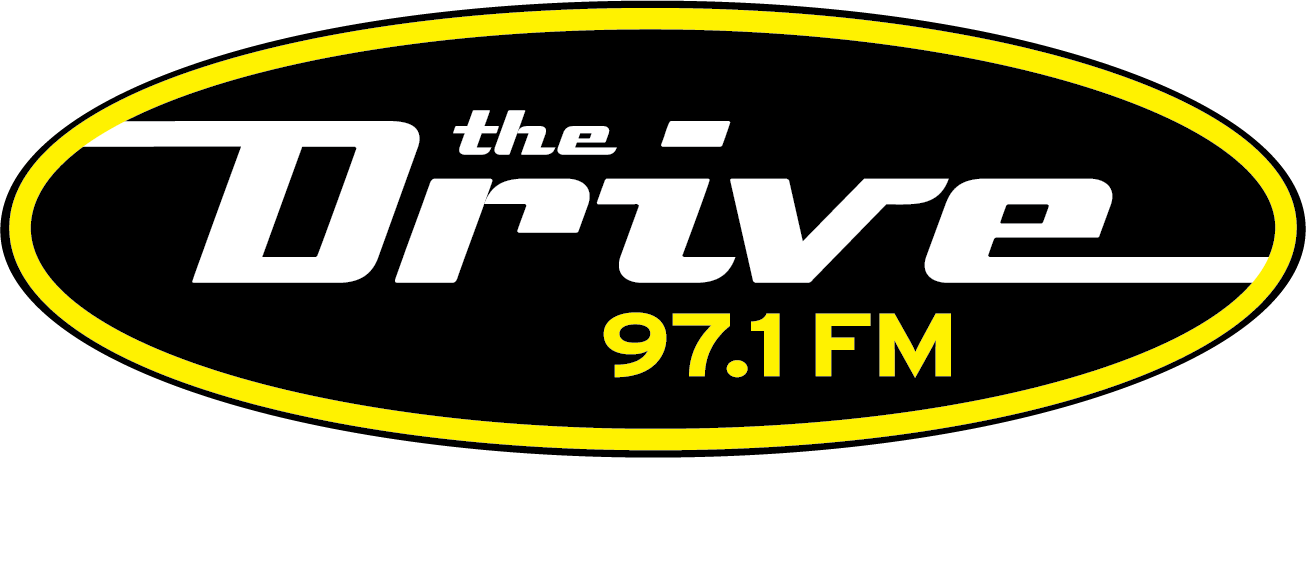
And yet, no one celebrated it, or even mentioned it to me. And I thought, but isn’t it something?
Program director Keith Hastings and GM Keith Lawless should be taking a bow somewhere, along with the airstaff, and the rest of the Drive team. There must be a bottle of champagne laying around somewhere.
I thought back to when I launched Classic Rock back in the early ’80s, I considered it a flanker format, a version of what was then known as Album-Oriented Rock or AOR – heritage rockers like WRIF, WNEW-FM, WMMR, KLOS, or KISW.
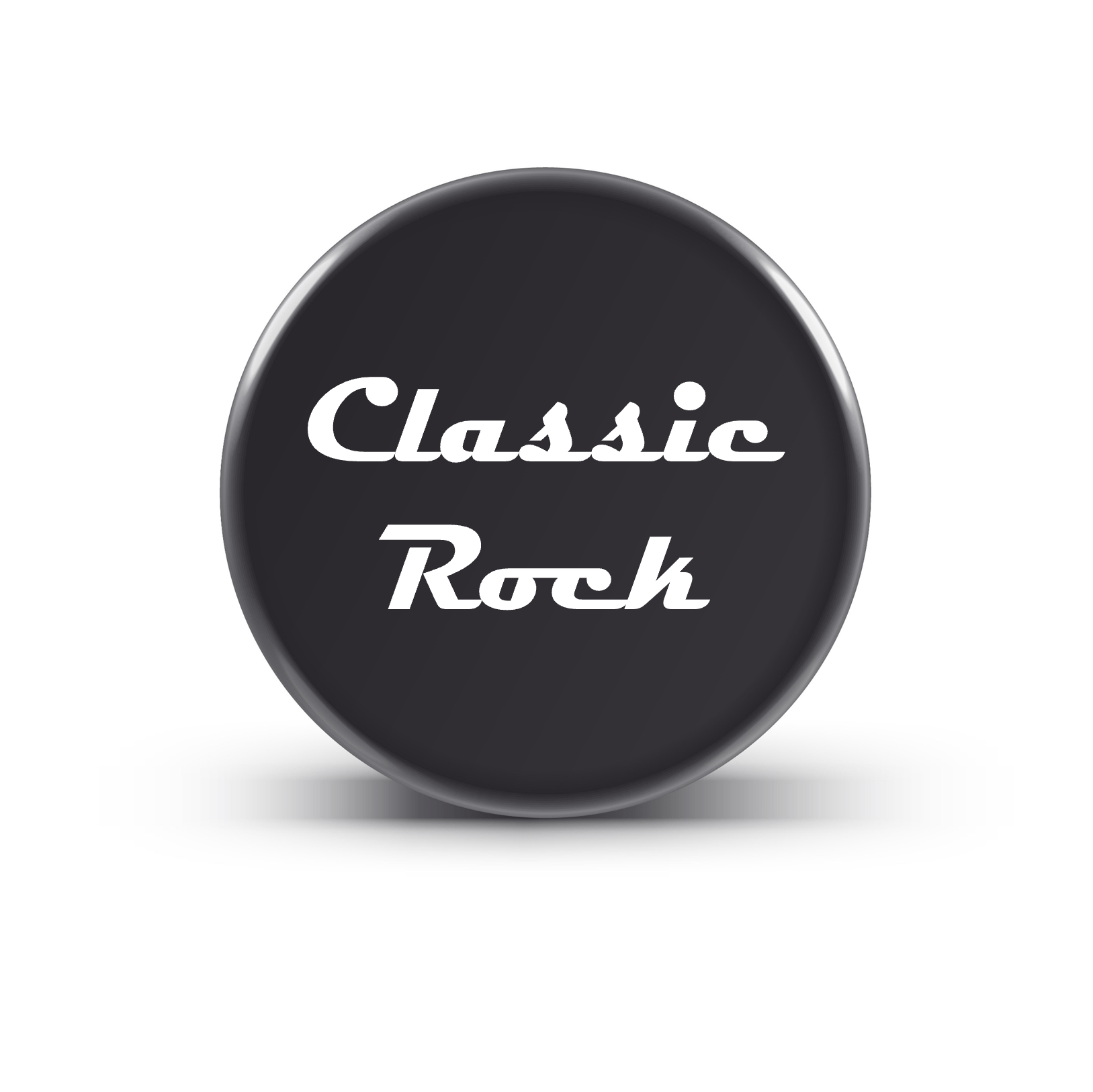 Never in my wildest dreams could I have imagined that a Classic Rock station would ever be “mainstream enough” to compete for top honors in a major market, like Detroit, Chicago, Philadelphia, or Dallas. But now, that happens month after month, quarter after quarter in multiple markets all over the country. Classic Rock stations like WDRV are commonly seen with the biggest share in the market. Bar none. Numero uno. In front of the pack.
Never in my wildest dreams could I have imagined that a Classic Rock station would ever be “mainstream enough” to compete for top honors in a major market, like Detroit, Chicago, Philadelphia, or Dallas. But now, that happens month after month, quarter after quarter in multiple markets all over the country. Classic Rock stations like WDRV are commonly seen with the biggest share in the market. Bar none. Numero uno. In front of the pack.
It’s impressive in its “bigly-ness.” After all, there’s value in appealing to more people in your market than anyone else. Inside that whopping share are consumers, buyers, shoppers of diverse ages and types. There is such a thing as audience value, and when you’re top dog in your market – especially with some degree of consistency – that means something.
I scanned the rest of the markets for other indicators of what the 6+ dominant shares might portend.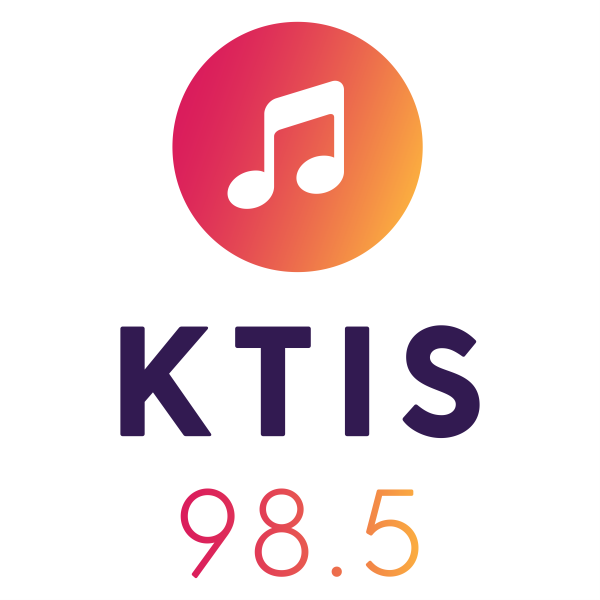 It’s noteworthy that in Minneapolis/St. Paul where all the big boys and girls compete, the #1 station is Contemporary Christian KTIS, owned by Northwestern Media, hit an 11-share 6+ to lean the rest of Twin Cities competitors by more than 2½ shares.
It’s noteworthy that in Minneapolis/St. Paul where all the big boys and girls compete, the #1 station is Contemporary Christian KTIS, owned by Northwestern Media, hit an 11-share 6+ to lean the rest of Twin Cities competitors by more than 2½ shares.
 In Washington, D.C., it’s a totally different story – but a compelling one. American University’s NPR News station, WAMU nails down a 10.7, good for #1. Notably, a competitive #2 is Hubbard’s All News juggernaut WTOP. Those two stations’ 6+ shares provide the main storyline of the market. At a time when many public radio stations are struggling, it’s important to note WAMU’s dominance in the nation’s hotbed of news is impressive.
In Washington, D.C., it’s a totally different story – but a compelling one. American University’s NPR News station, WAMU nails down a 10.7, good for #1. Notably, a competitive #2 is Hubbard’s All News juggernaut WTOP. Those two stations’ 6+ shares provide the main storyline of the market. At a time when many public radio stations are struggling, it’s important to note WAMU’s dominance in the nation’s hotbed of news is impressive.
In Boston, the incredible passion for sports makes itself apparent in the glamour demo of 6+. Beasley’s Sports Hub is a definitive #1 with an 11 share, nearly double of everyone else in the competitive market. This is one of those rare markets with a second sports station, Audacy’s WEEI. The war between these two is one of radio’s all-time great rivalries.
Sports Hub is a definitive #1 with an 11 share, nearly double of everyone else in the competitive market. This is one of those rare markets with a second sports station, Audacy’s WEEI. The war between these two is one of radio’s all-time great rivalries.
These stories of dominance for all the marbles are important and telling, providing not only a narrative of their markets, but also giving salespeople a key storyline they almost never use. If the idea is to reach the most people multiple times with an advertising message, isn’t that a thing?
Think about it – in these markets, a Classic Rock, Contemporary Christian, NPR News, and Sports Radio station all took top honors. It speaks to radio’s format diversity and the fact every market IS different.
 So, congratulations to all you #1 stations who scored the top echelon in the May PPM race. You pulled off something impressive, meaningful, and noteworthy. You slayed all comers in a ratings book, no exceptions. Not everyone in radio gets to say that.
So, congratulations to all you #1 stations who scored the top echelon in the May PPM race. You pulled off something impressive, meaningful, and noteworthy. You slayed all comers in a ratings book, no exceptions. Not everyone in radio gets to say that.
As my friend and long-time crony, Buzz Knight, might say, “It’s not nothing.”
Originally published by Jacobs Media
